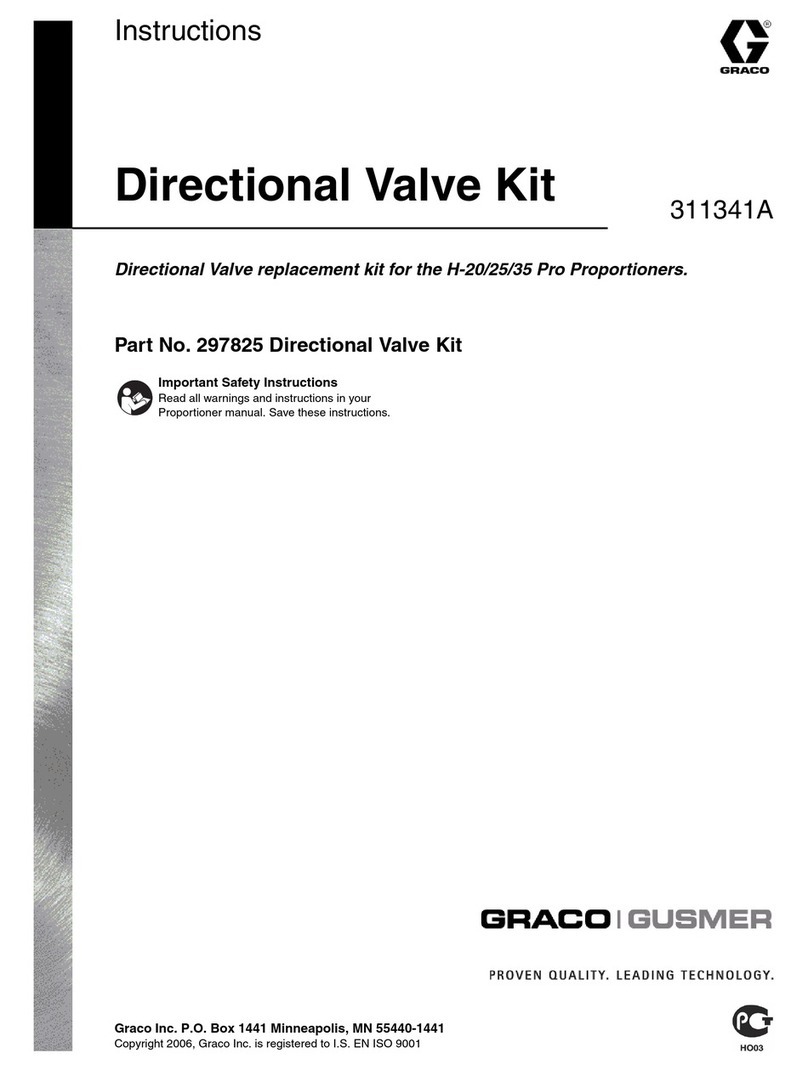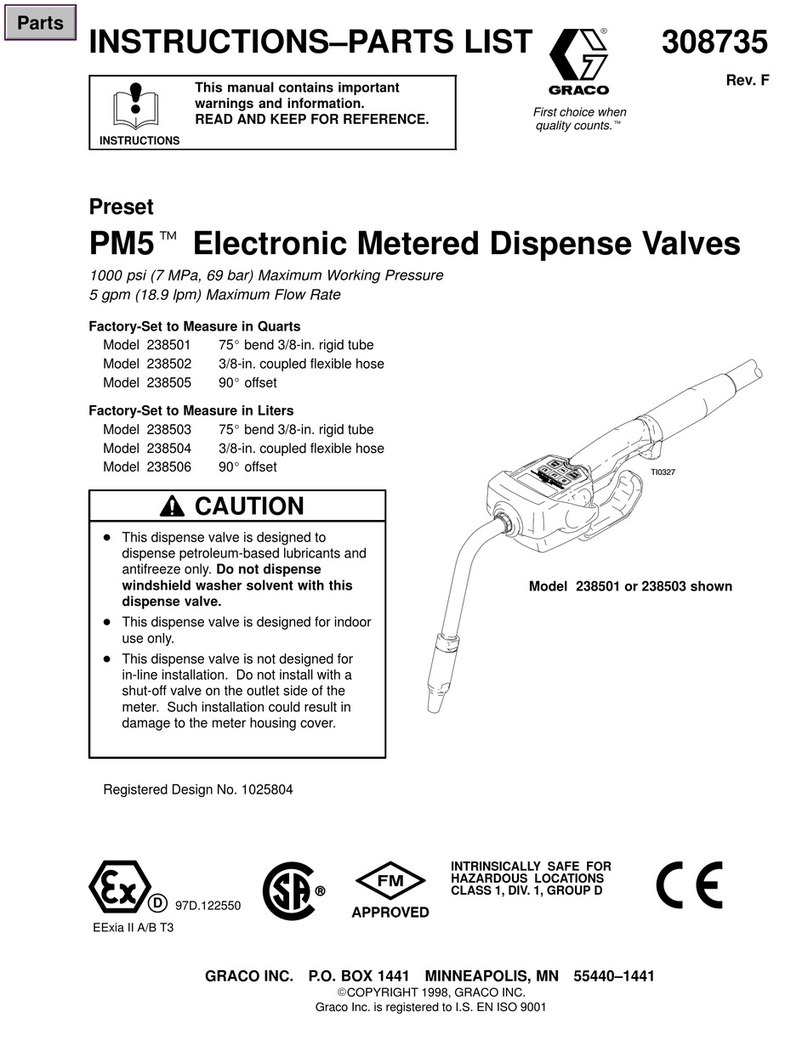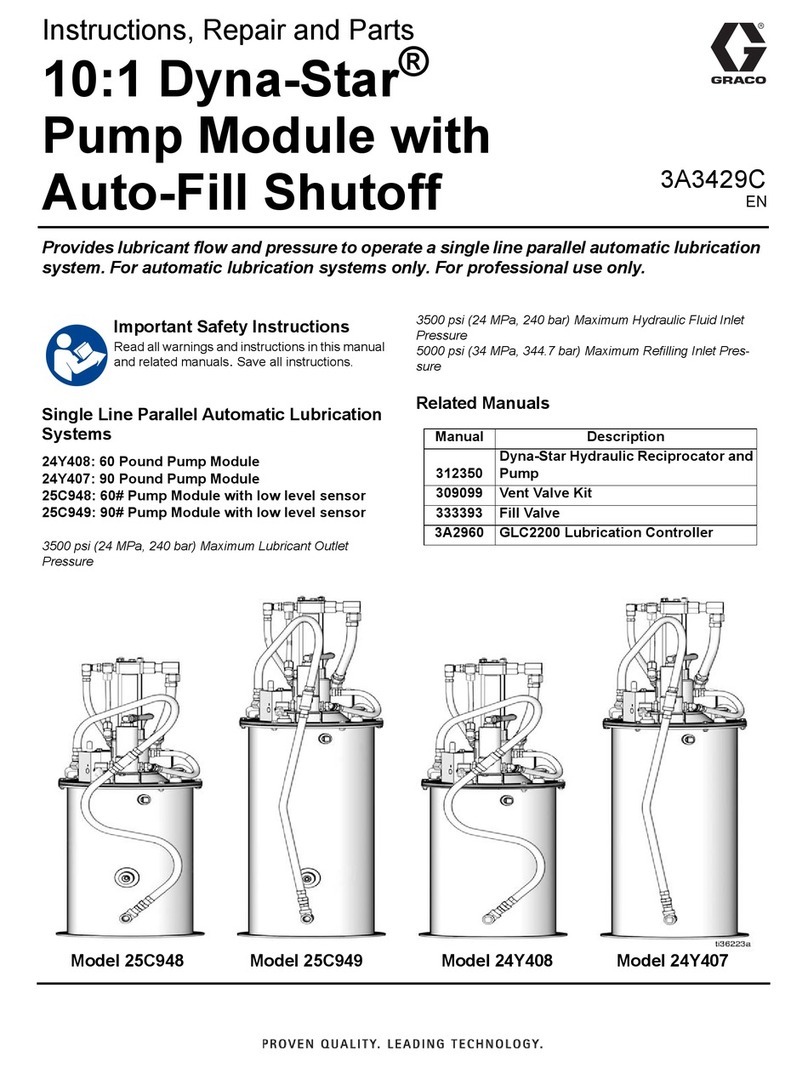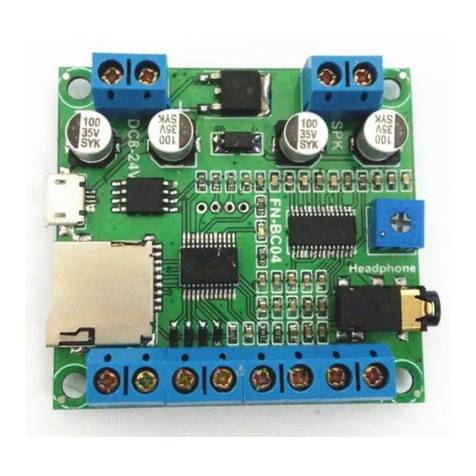Graco 26D274 User manual
Other Graco Control Unit manuals
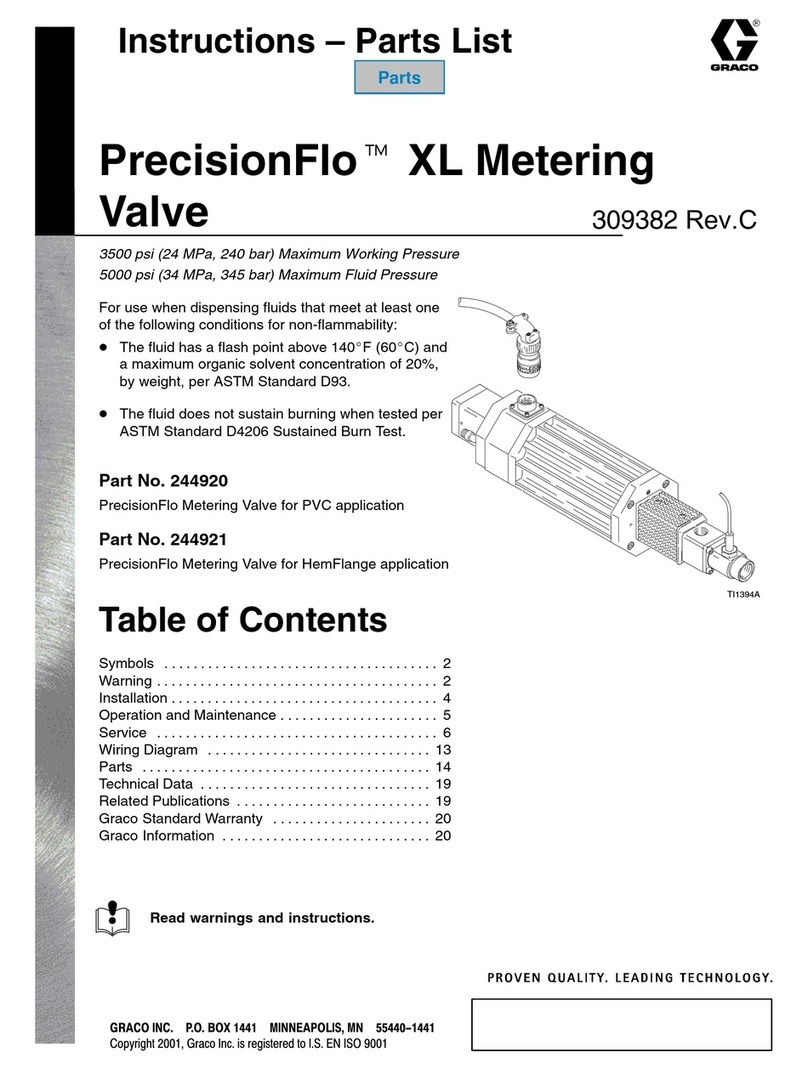
Graco
Graco 244920 Operation manual
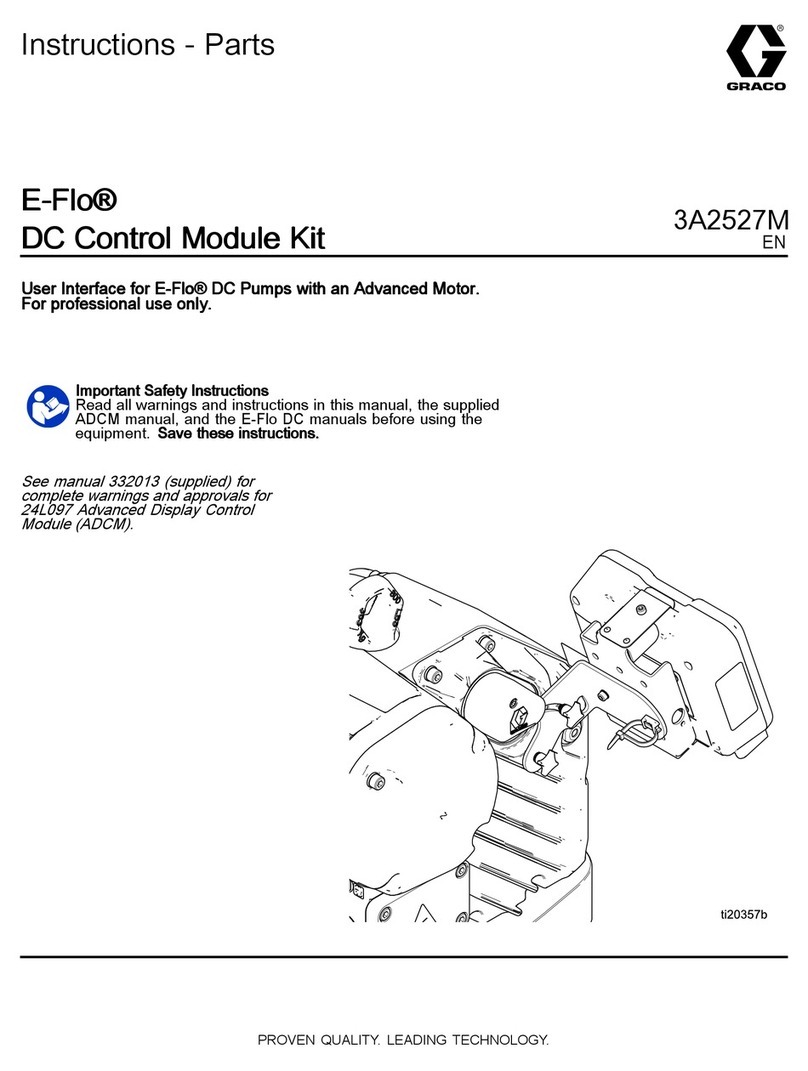
Graco
Graco E-Flo B Series Parts list manual

Graco
Graco Dispensit 1092 Troubleshooting guide

Graco
Graco SDP8 Series Owner's manual
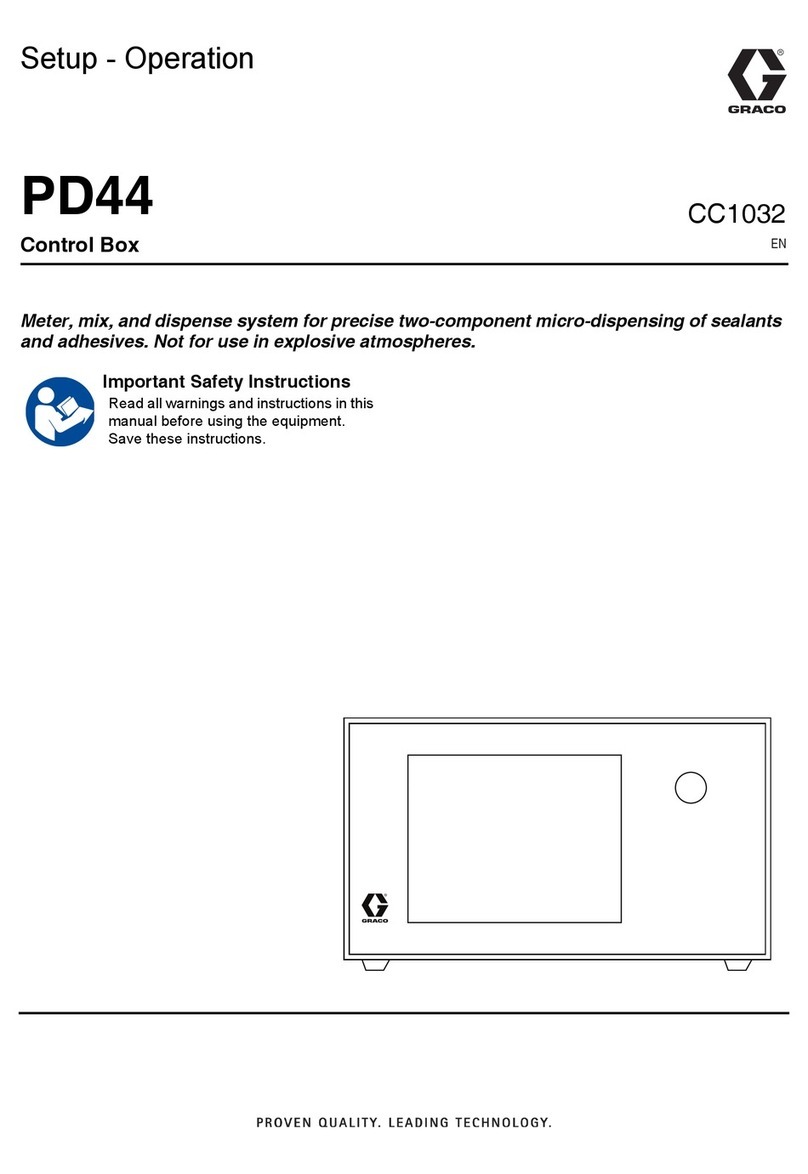
Graco
Graco PD44 Manual instruction

Graco
Graco PD44 Manual instruction
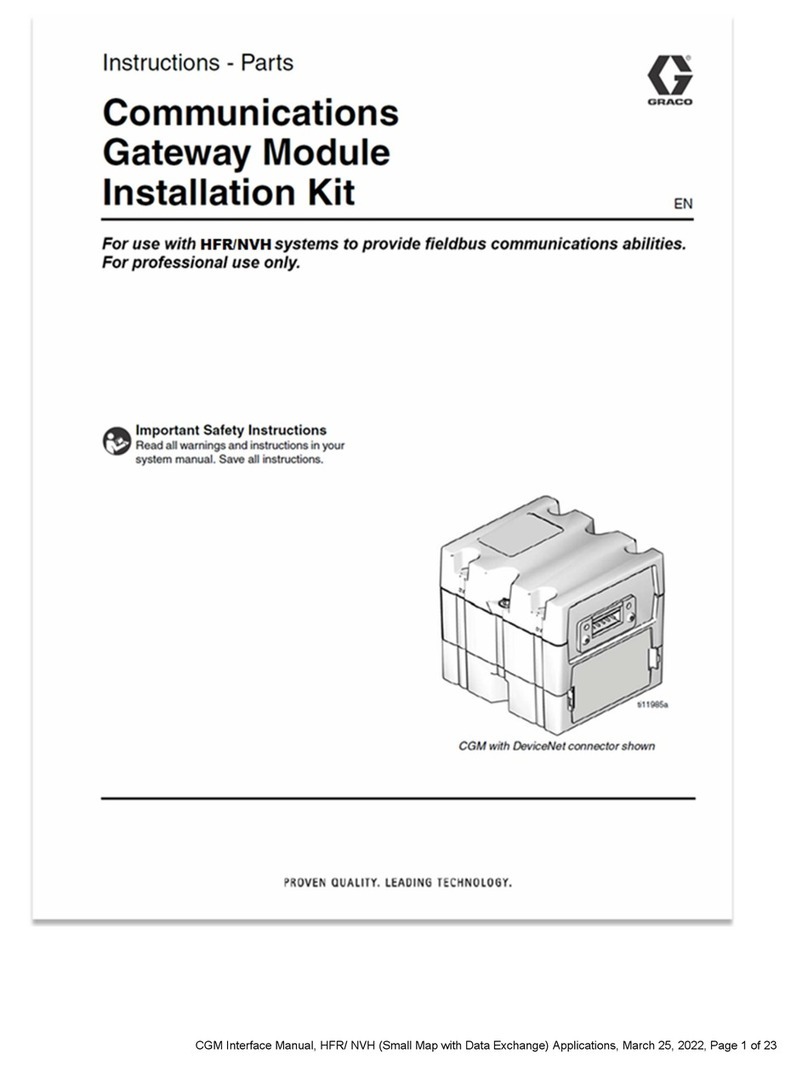
Graco
Graco CGM Parts list manual
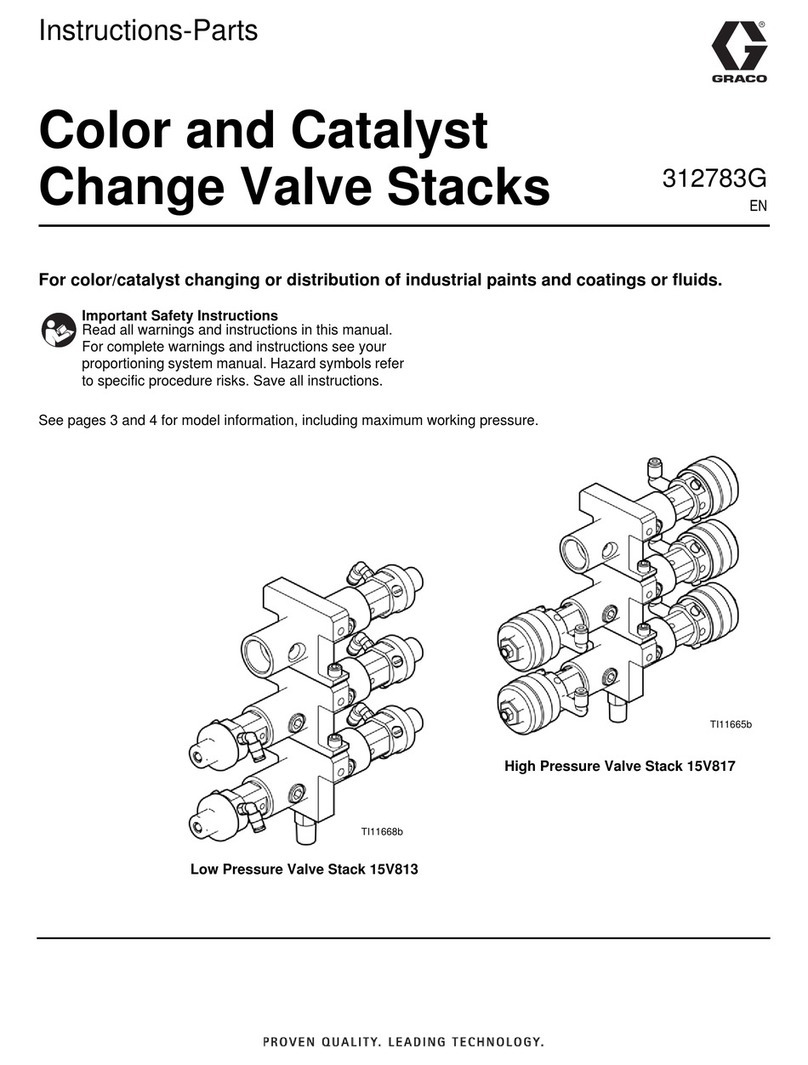
Graco
Graco 256994 Operation manual
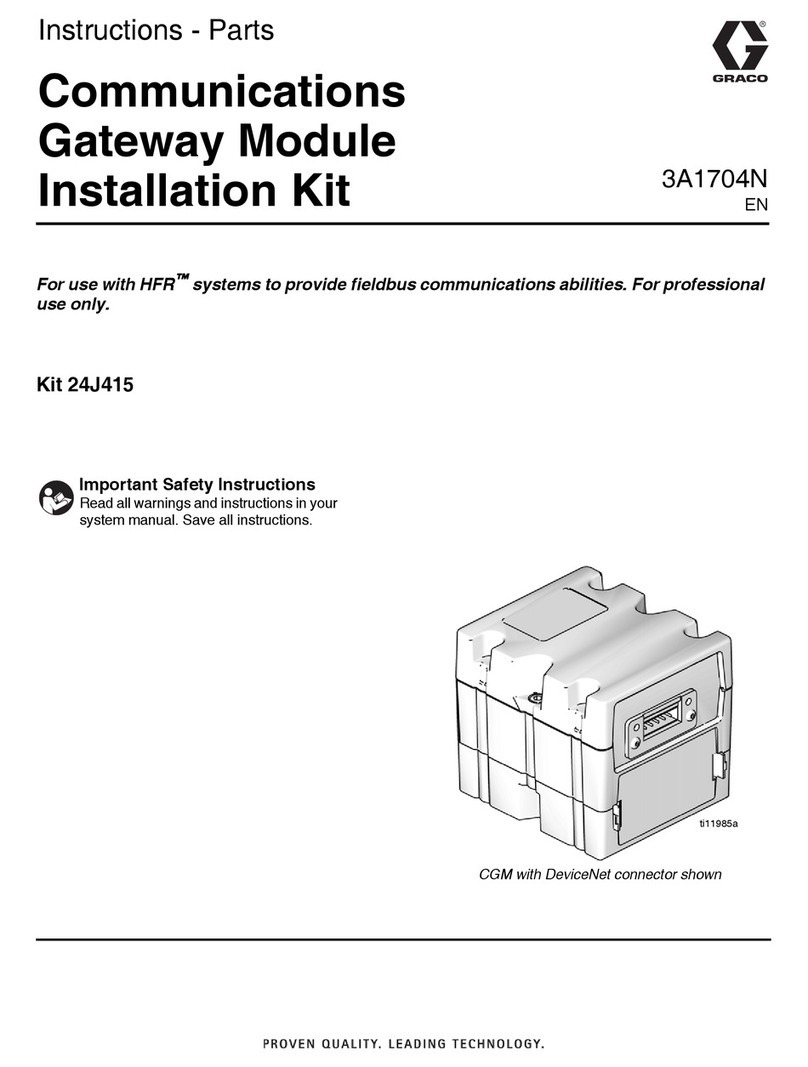
Graco
Graco 24J415 Parts list manual
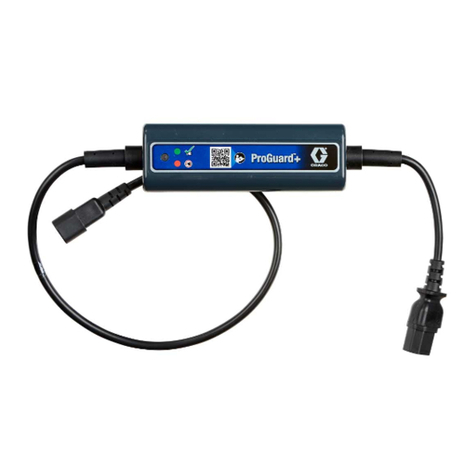
Graco
Graco ProGuard+ User manual
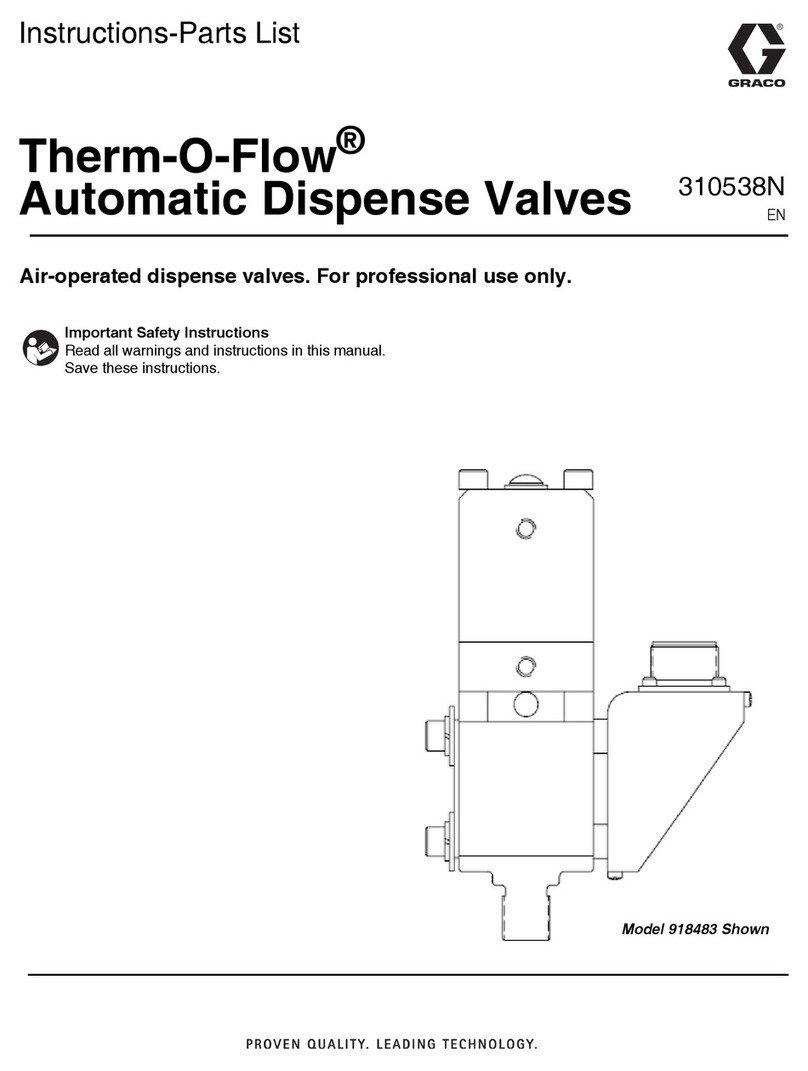
Graco
Graco Therm-O-Flow Series Operation manual
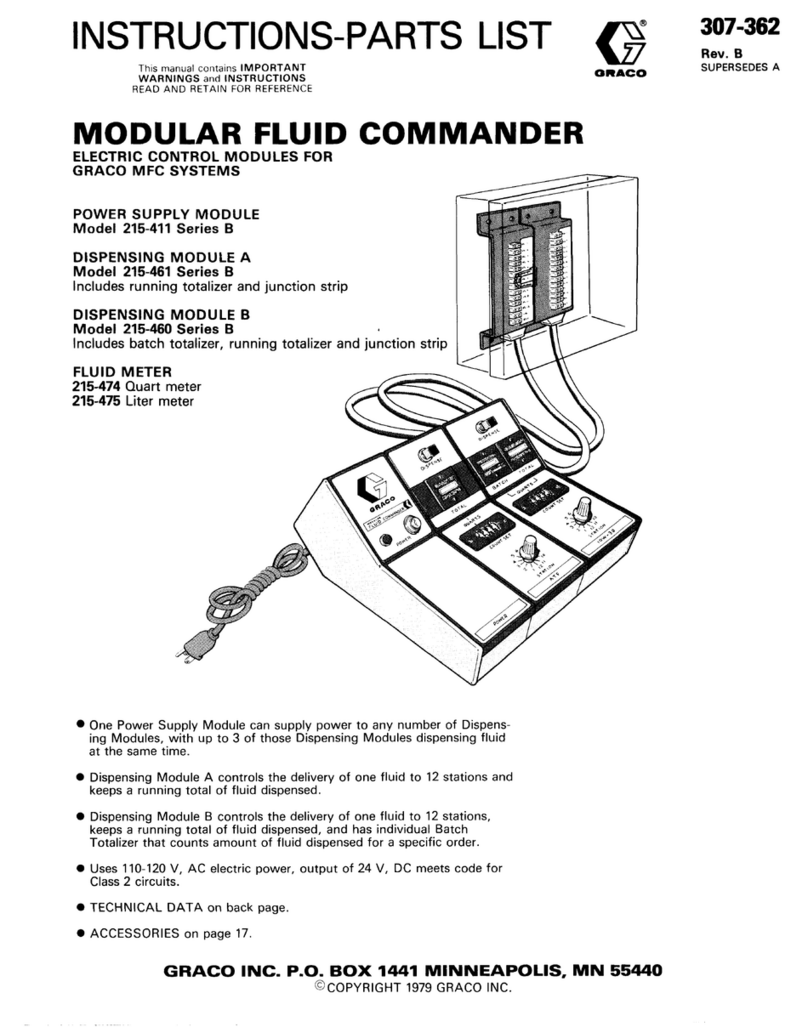
Graco
Graco Series A Operation manual
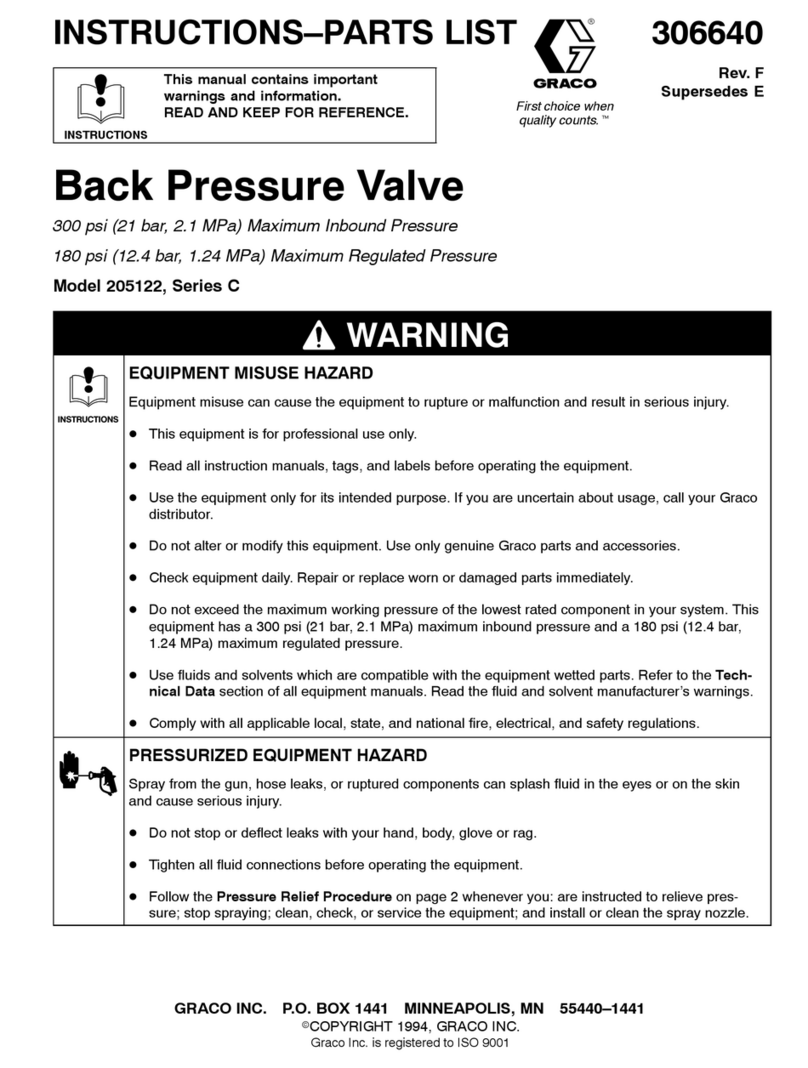
Graco
Graco C Series Datasheet
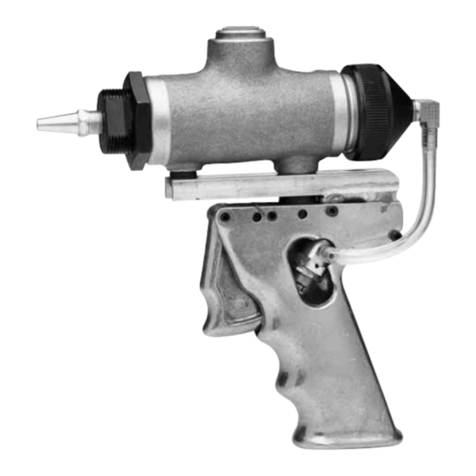
Graco
Graco 482 Series Operation manual

Graco
Graco CleanShot 244160 Parts list manual
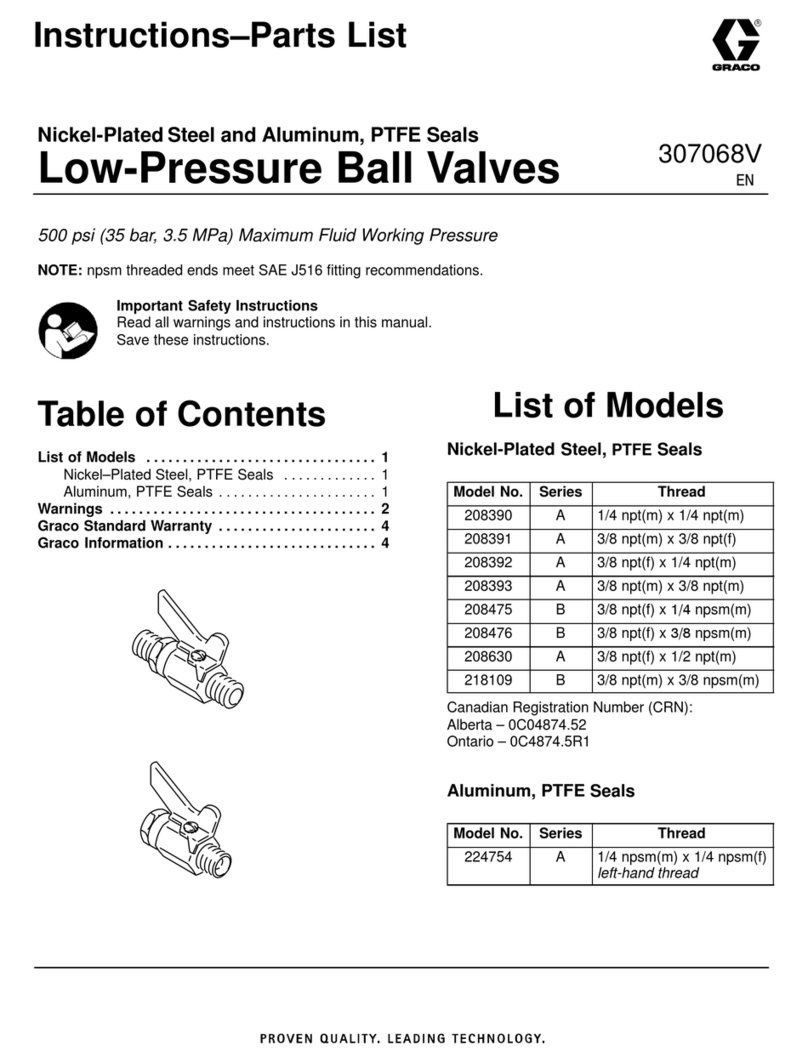
Graco
Graco 208390 User manual

Graco
Graco 246085 Guide

Graco
Graco EnDure User manual

Graco
Graco Trabon MD Series User manual
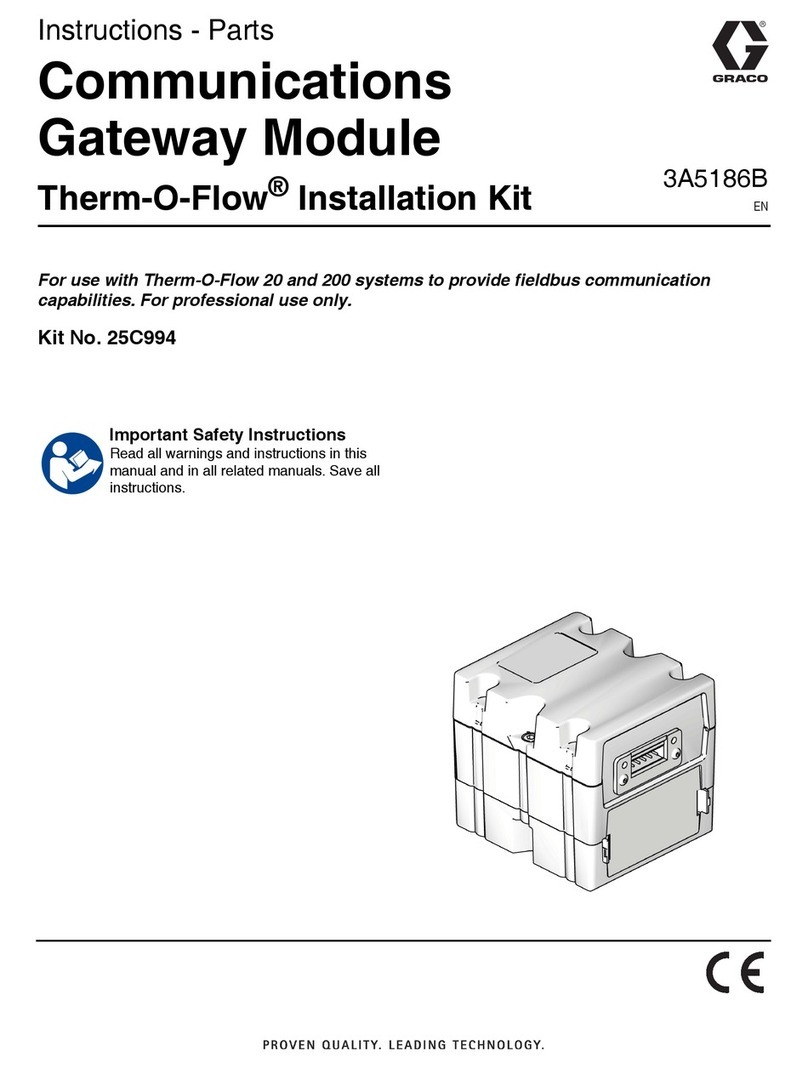
Graco
Graco Therm-O-Flow 25C994 User manual
Popular Control Unit manuals by other brands

Festo
Festo Compact Performance CP-FB6-E Brief description

Elo TouchSystems
Elo TouchSystems DMS-SA19P-EXTME Quick installation guide

JS Automation
JS Automation MPC3034A user manual

JAUDT
JAUDT SW GII 6406 Series Translation of the original operating instructions

Spektrum
Spektrum Air Module System manual

BOC Edwards
BOC Edwards Q Series instruction manual

KHADAS
KHADAS BT Magic quick start

Etherma
Etherma eNEXHO-IL Assembly and operating instructions

PMFoundations
PMFoundations Attenuverter Assembly guide

GEA
GEA VARIVENT Operating instruction

Walther Systemtechnik
Walther Systemtechnik VMS-05 Assembly instructions

Altronix
Altronix LINQ8PD Installation and programming manual
